Design and Mechanical Properties of ZTA–Niobium Composites with Reduced Graphene Oxide
Abstract
1. Introduction
2. Materials and Methods
2.1. Graphene Oxide Preparation
2.2. Powder Processing and Sintering
2.3. Microstructural Characterization
2.4. X-Ray Diffraction (XRD) and Raman Characterization
2.5. Density and Mechanical Properties Characterization
3. Results and Discussion
4. Conclusions
Author Contributions
Funding
Institutional Review Board Statement
Informed Consent Statement
Data Availability Statement
Acknowledgments
Conflicts of Interest
References
- Kaushal, S.; Saloni; Zeeshan, M.D.; Imran Ansari, M.D.; Sharma, D. Progress in tribological research of Al2O3 ceramics: A review. Mater. Today 2023, 82, 163–167. [Google Scholar] [CrossRef]
- Chen, W.; Han, M.; Yang, S. Research Progress of Al2O3 Ceramic Composites. J. Mater. Eng. 2011, 3, 91–96. [Google Scholar]
- Wang, H.Z.; Gao, L.; Guo, J.K. The effect of nanoscale SiC particles on the microstructure of Al2O3 ceramics. Ceram. Int. 2000, 26, 391–396. [Google Scholar] [CrossRef]
- Podzorova, L.I.; Il’icheva, A.A.; Pen’kova, O.I.; Antonova, O.S.; Baikin, A.S.; Konovalov, A.A. Al2O3-Based Ceramic Composites with a High Brittle Fracture Resistance. Inorg. Mater. 2019, 55, 628–633. [Google Scholar] [CrossRef]
- Shen, Z.; Johnsson, M.; Zhao, Z.; Nygren, M. Spark Plasma Sintering of Alumina. J. Eur. Ceram. Soc. 2002, 85, 1921–1927. [Google Scholar] [CrossRef]
- Wang, S.W.; Chen, L.D.; Hirai, T. Densification of Al2O3 Powder Using Spark Plasma Sintering. J. Mater. Res. 2011, 15, 982–987. [Google Scholar] [CrossRef]
- Solis Pinargote, N.W.; Meleshkin, Y.; Bentseva, E.; Kuznetsova, E.; Kytmanov, A.; Kurmysheva, A.Y.; Smirnov, A. Influence of graphene oxide content on the wear resistance of zirconia toughened alumina composites consolidated by spark plasma sintering. High Temp. Mater. Proc. Int. Q. High-Technol. Plasma Proc. 2024, 28, 81–91. [Google Scholar]
- Piconi, C. Alumina. In Comprehensive Biomaterials; Elsevier: Amsterdam, The Netherlands, 2011; pp. 73–94. [Google Scholar]
- Smirnov, A.; Podrabinnik, P.A.; Babushkin, N.N.; Kuznetsova, E.V.; Pristinskiy, Y.O.; Khmyrov, R.S. Development of Al2O3 and PLA ceramic-polymer filament for 3D printing by fused deposition modelling method. AIP Conf. Proc. 2022, 2467, 020047. [Google Scholar]
- Maiti, K.; Sil, A. Relationship between fracture toughness characteristics and morphology of sintered Al2O3 ceramics. Ceram. Int. 2010, 36, 2337–2344. [Google Scholar] [CrossRef]
- Gao, L.; Hong, J.; Miyamoto, H.; Torre, S.D.D. Bending strength and microstructure of Al2O3 ceramics densified by spark plasma sintering. J. Eur. Ceram. Soc. 2000, 20, 2149–2152. [Google Scholar] [CrossRef]
- El-Korashy, D.I.; El-Refai, D.A. Mechanical Properties and Bonding Potential of Partially Stabilized Zirconia Treated with Different Chemomechanical Treatments. J. Adh. Dent. 2014, 16, 365. [Google Scholar]
- De Aza, A.H.; Chevalier, J.; Fantozzi, G.; Schehl, M.; Torrecillas, R. Crack growth resistance of alumina, zirconia and zirconia toughened alumina ceramics for joint prostheses. Biomaterials 2002, 23, 937–945. [Google Scholar] [CrossRef] [PubMed]
- Becher, P.F.; Tiegs, T.N. Toughening Behavior Involving Multiple Mechanisms: Whisker Reinforcement and Zirconia Toughening. J. Am. Ceram. Soc. 1987, 70, 651–654. [Google Scholar] [CrossRef]
- Bartolomé, J.F.; Pecharromán, C.; Moya, J.S.; Martín, A.; Pastor, J.Y.; Llorca, J. Percolative mechanism of sliding wear in alumina/zirconia composites. J. Eur. Ceram. Soc. 2006, 26, 2619–2625. [Google Scholar] [CrossRef]
- Rodriguez-Suarez, T.; Bartolomé, J.F.; Moya, J.S. Mechanical and tribological properties of ceramic/metal composites: A review of phenomena spanning from the nanometer to the micrometer length scale. J. Eur. Ceram. Soc. 2011, 32, 3887–3898. [Google Scholar] [CrossRef]
- Mattern, A.; Huchler, B.; Staudenecker, D.; Oberacker, R.; Nagel, A.; Hoffmann, M. Preparation of interpenetrating ceramic–metal composites. J. Eur. Ceram. Soc. 2004, 24, 3399–3408. [Google Scholar] [CrossRef]
- Yeomans, J.A. Ductile particle ceramic matrix composites: Scientific curiosities or engineering materials. J. Eur. Ceram. Soc. 2008, 28, 1543–1550. [Google Scholar] [CrossRef]
- Diaz, M.; Smirnov, A.; Bartolome, J.F. Microstructure and Mechanical Properties of Zirconia (3Y-TZP)/Zr Composites Prepared by Wet Processing and Subsequent Spark Plasma Sintering. Ceramics 2002, 3, 53–64. [Google Scholar] [CrossRef]
- Garcia, D.E.; Schicker, S.; Bruhn, J.; Janssen, R.; Claussen, N. Processing and mechanical properties of pressureless-sintered niobium–alumina-matrix composites. Am. Ceram. Soc. 1998, 81, 429–432. [Google Scholar] [CrossRef]
- Schicker, S.; Garcia, D.E.; Bruhn, J.; Janssen, R.; Claussen, N. Reaction synthesized Al2O3-based intermetallic composites. Acta Metall. Inc. 1998, 46, 2485–2492. [Google Scholar] [CrossRef]
- Günther, R.; Klassen, T.; Dickau, B.; Gärtner, F.; Bartels, A.; Bormann, R. Advanced Alumina Composites Reinforced with Nb-Based Alloys. Adv. Eng. Mater. 2002, 4, 121–125. [Google Scholar] [CrossRef]
- Bartolomé, J.F.; Gutiérrez-González, C.F.; Pecharromán, C.; Moya, J.S. Synergistic toughening mechanism in 3Y–TZP/Nb composites. Acta Mater. 2007, 55, 5924–5933. [Google Scholar] [CrossRef]
- Bartolomé, J.F.; Beltrán, J.I.; Gutiérrez-González, C.F.; Pecharromán, C.; Muñoz, M.C.; Moya, J.S. Influence of ceramic–metal interface adhesion on crack growth resistance of ZrO2–Nb ceramic matrix composites. Acta Mater. 2008, 56, 3358–3366. [Google Scholar] [CrossRef]
- Gutiérrez-González, C.F.; Moya, J.S.; Palomares, F.J.; Bartolomé, J.F. Low-Temperature Aging Degradation-Free 3Y-TZP/Nb Composites. J. Am. Ceram. Soc. 2010, 93, 1842–1844. [Google Scholar] [CrossRef]
- Beals, J.; Nardone, V. Tensile behaviour of a niobium/alumina composite laminate. J. Mater. Sci. 1994, 29, 2526–2530. [Google Scholar] [CrossRef]
- Shaw, L.; Miracle, D.; Abbaschian, R. Microstructure and mechanical properties of metal/oxide and metal/silicide interfaces. Acta Metall. Mater. 1995, 43, 4267–4279. [Google Scholar] [CrossRef]
- Korn, D.; Elssner, G.; Cannon, R.; Rühle, M. Fracture properties of interfacially doped Nb-Al2O3 bicrystals: I, fracture characteristics. Acta Mater. 2002, 50, 3881–3901. [Google Scholar] [CrossRef]
- Thomson, K.; Jiang, D.; Yao, W.; Ritchie, R.; Mukherjee, A. Characterization and mechanical testing of alumina-based nanocomposites reinforced with niobium and/or carbon nanotubes fabricated by spark plasma sintering. Acta Mater. 2012, 60, 622–632. [Google Scholar] [CrossRef]
- Gutierrez-Gonzalez, C.F.; Bartolomé, J.F. Damage tolerance and R-curve behavior of Al2O3–ZrO2–Nb multiphase composites with synergistic toughening mechanism. J. Mater. Res. 2008, 23, 570–578. [Google Scholar] [CrossRef]
- Bartolomé, J.F.; Gutiérrez-González, C.F.; Torrecillas, R. Mechanical properties of alumina–zirconia–Nb micro–nano-hybrid composites. Compos. Sci. Technol. 2008, 68, 1392–1398. [Google Scholar] [CrossRef]
- Weidner, A.; Ranglack-Klemm, Y.; Zienert, T.; Aneziris, C.G.; Biermann, H. Mechanical High-Temperature Properties and Damage Behavior of Coarse-Grained Alumina Refractory Metal Composites. Materials 2019, 12, 3927. [Google Scholar] [CrossRef] [PubMed]
- Bartolomé, J.F.; Moya, J.S.; Couceiro, R.; Gutiérrez-González, C.F.; Guitián, F.; Martinez-Insua, A. In vitro and in vivo evaluation of a new zirconia/niobium biocermet for hard tissue replacement. Biomaterials 2016, 76, 313–320. [Google Scholar] [CrossRef] [PubMed]
- Rahaman, M.; Huang, T.; Bal, B.; Li, Y. In vitro testing of Al2O3–Nb composite for femoral head applications in total hip arthroplasty. Acta Biomater. 2010, 6, 708–714. [Google Scholar] [CrossRef]
- Portu, G.D.; Guicciardi, S.; Melandri, C.; Monteverde, F. Wear behaviour of Al2O3-Mo and Al2O3-Nb composites. Wear 2007, 262, 1346–1352. [Google Scholar] [CrossRef]
- Gutiérrez-González, C.F.; Smirnov, A.; Bartolomé, J.F. Aging Effect on the Tribological Behavior of a Novel 3Y-TZP/Nb Biocomposite Against Ultra High Molecular Weight Polyethylene. J. Am. Ceram. Soc. 2012, 95, 851–854. [Google Scholar] [CrossRef]
- Sun, J.; Du, S. Application of graphene derivatives and their nanocomposites in tribology and lubrication: A review. RSC Adv. 2019, 9, 40642–40661. [Google Scholar] [CrossRef] [PubMed]
- Paul, G.; Hirani, H.; Kuila, T.; Murmu, N.C. Nanolubricants Dispersed with Graphene and its Derivatives: An Assessment and Review of the Tribological Performance. Nanoscale 2019, 11, 3458–3483. [Google Scholar] [CrossRef] [PubMed]
- Markandan, K.; Chin, J.K.; Tan, M.T.T. Recent progress in graphene based ceramic composites: A review. J. Mater. Res. 2016, 32, 84–106. [Google Scholar] [CrossRef]
- Ahmad, I.; Anwar, S.; Xu, F.; Zhu, Y. Tribological investigation of multi-layer graphene reinforced alumina ceramic nanocomposites. J. Tribol. 2018, 141, 022002. [Google Scholar] [CrossRef]
- Harte, A.; Griffiths, M.; Preuss, M. The characterisation of second phases in the Zr-Nb and Zr-Nb-Sn-Fe alloys: A critical review. J. Nucl. Mater. 2018, 505, 227–239. [Google Scholar] [CrossRef]
- Rao, X.; Chu, C.L.; Zheng, Y.Y. Phase composition, microstructure, and mechanical properties of porous Ti–Nb–Zr alloys prepared by a two-step foaming powder metallurgy method. J. Mech. Behav. Biomed. Mater. 2014, 34, 27–36. [Google Scholar] [CrossRef] [PubMed]
- Hummers, W.S., Jr.; Offeman, R.E. Preparation of graphitic oxide. J. Am. Chem. Soc. 1958, 80, 1339. [Google Scholar] [CrossRef]
- Smirnov, A.; Solis Pinargote, N.W.; Peretyagin, N.; Pristinskiy, Y.; Peretyagin, P.; Bartolomé, J.F. Zirconia Reduced Graphene Oxide Nano-Hybrid Structure Fabricated by the Hydrothermal Reaction Method. Materials 2020, 13, 687. [Google Scholar] [CrossRef]
- Garvie, R.C.; Nicholson, P.S. Phase analysis in zirconia systems. J Am. Ceram. Soc. 1972, 55, 303–305. [Google Scholar] [CrossRef]
- Toraya, H.; Yoshimura, M.; Somiya, S. Calibration curve for quantitative analysis of the monoclinic-tetragonal ZrO2 system by X-ray difraction. J. Am. Ceram. Soc. 1984, 67, 119–121. [Google Scholar] [CrossRef]
- Grigoriev, S.; Smirnov, A.; Pinargote, N.W.S.; Yanushevich, O.; Kriheli, N.; Kramar, O.; Pristinskiy, Y.; Peretyagin, P. Evaluation of Mechanical and Electrical Performance of Aging Resistance ZTA Composites Reinforced with Graphene Oxide Consolidated by SPS. Materials 2022, 15, 2419. [Google Scholar] [CrossRef] [PubMed]
- Miranzo, P.; Moya, J.S. Elastic/plastic indentation in ceramics: A fracture toughness determination method. Ceram. Int. 1984, 10, 147–152. [Google Scholar] [CrossRef]
- Grigoriev, S.; Peretyagin, P.; Smirnov, A.; Solis, W.; Diaz, L.A.; Fernandez, A.; Torrecillas, R. Effect of graphene addition on the mechanical and electrical properties of Al2O3–SiCw ceramics. J. Eur. Ceram. Soc. 2017, 37, 2473–2479. [Google Scholar] [CrossRef]
- Tomanik, E.; Christinelli, W.; Souza, R.M.; Oliveira, V.L.; Ferreira, F.; Zhmud, B. Review of Graphene-Based Materials for Tribological Engineering Applications. Eng 2023, 4, 2764–2811. [Google Scholar] [CrossRef]
- Shahriary, L.; Athawale, A.A. Graphene oxide synthesized by using modified Hummers approach. Int. J. Renew. Energy Environ. Eng. 2014, 2, 58–63. [Google Scholar]
- Centeno, A.; Rocha, V.G.; Alonso, B.; Fernández, A.; Gutierrez-Gonzalez, C.F.; Torrecillas, R.; Zurutuza, A. Graphene for tough and electroconductive alumina ceramics. J. Eur. Ceram. Soc. 2013, 33, 3201–3210. [Google Scholar] [CrossRef]
- Fan, Y.; Jiang, W.; Kawasaki, A. Highly conductive few-layer graphene/Al2O3 nanocomposites with tunable charge carrier type. Adv. Funct. Mater. 2012, 22, 3882–3889. [Google Scholar] [CrossRef]
- Liu, J.; Yan, H.; Jiang, K. Mechanical properties of graphene platelet–reinforced alumina ceramic composites. Ceram. Int. 2013, 39, 6215–6221. [Google Scholar] [CrossRef]
- Wang, K.; Wang, Y.; Fan, Z.; Yan, J.; Wei, T. Preparation of graphene nanosheet/alumina composites by spark plasma sintering. Mater. Res. Bull. 2011, 46, 315–318. [Google Scholar] [CrossRef]
- Loganathan, A.; Gandhi, A.S. Effect of phase transformations on the fracture toughness of yttria stabilized zirconia. Mater. Sci. Eng. A 2012, 556, 927–935. [Google Scholar] [CrossRef]
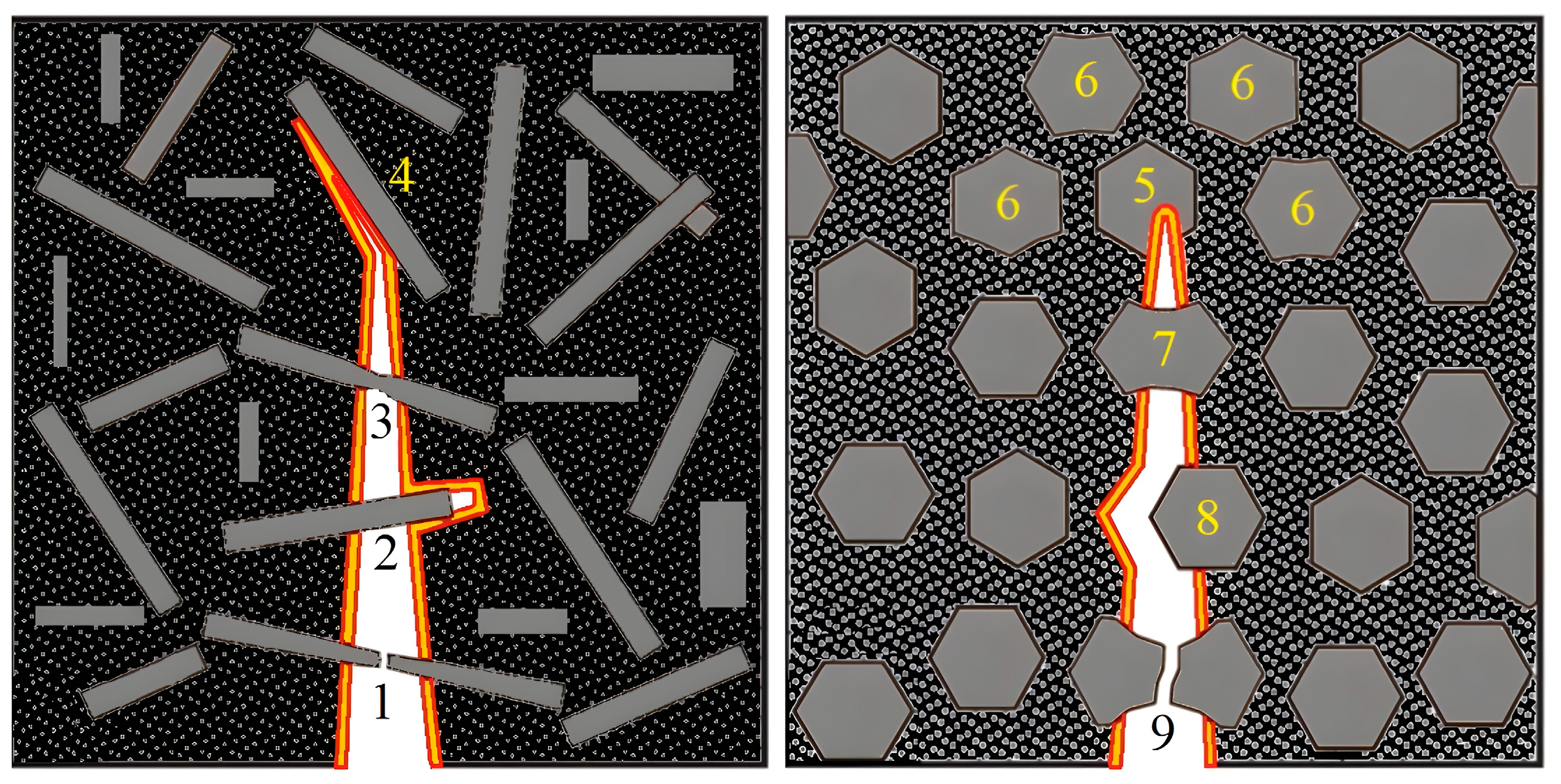
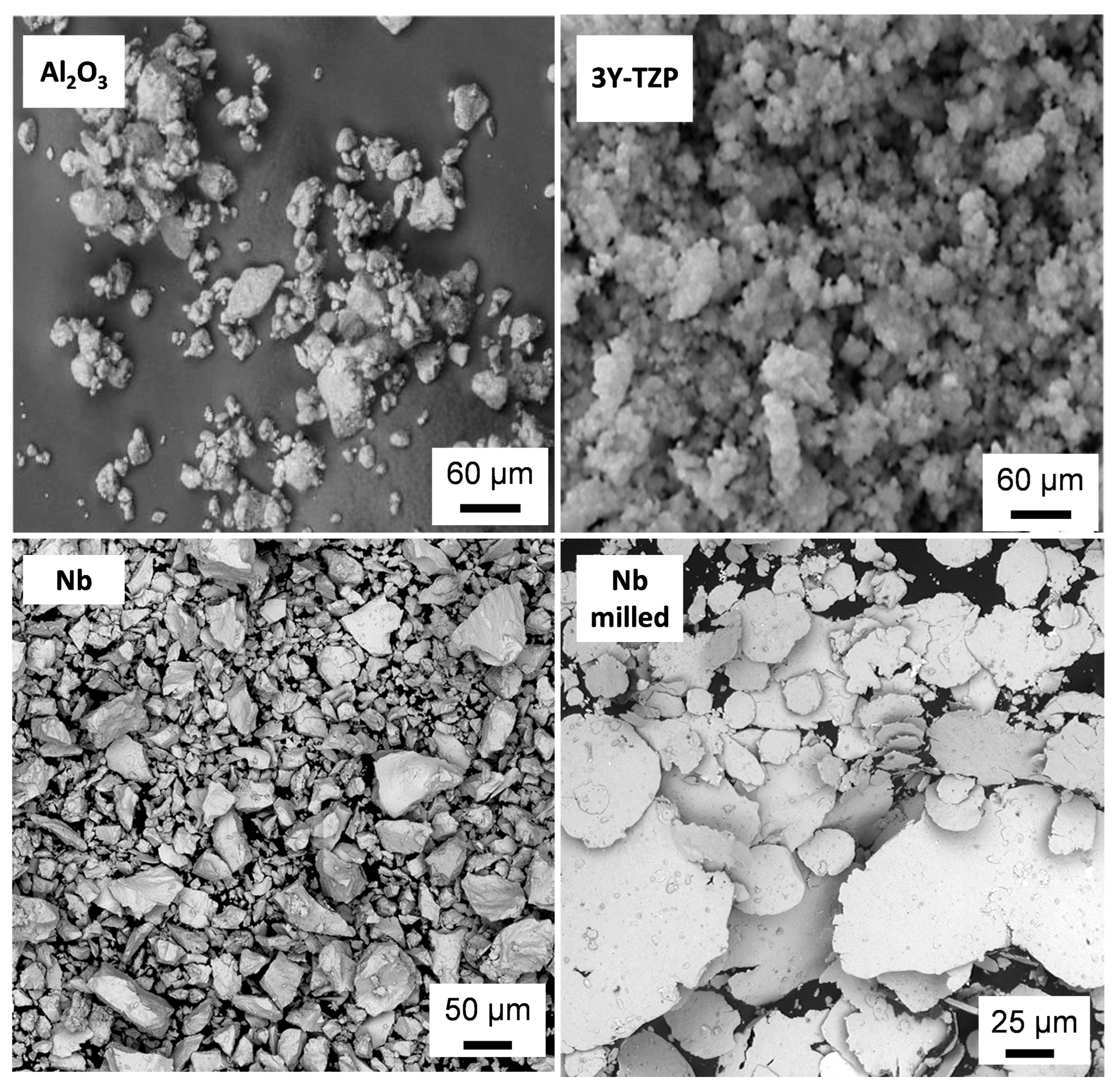
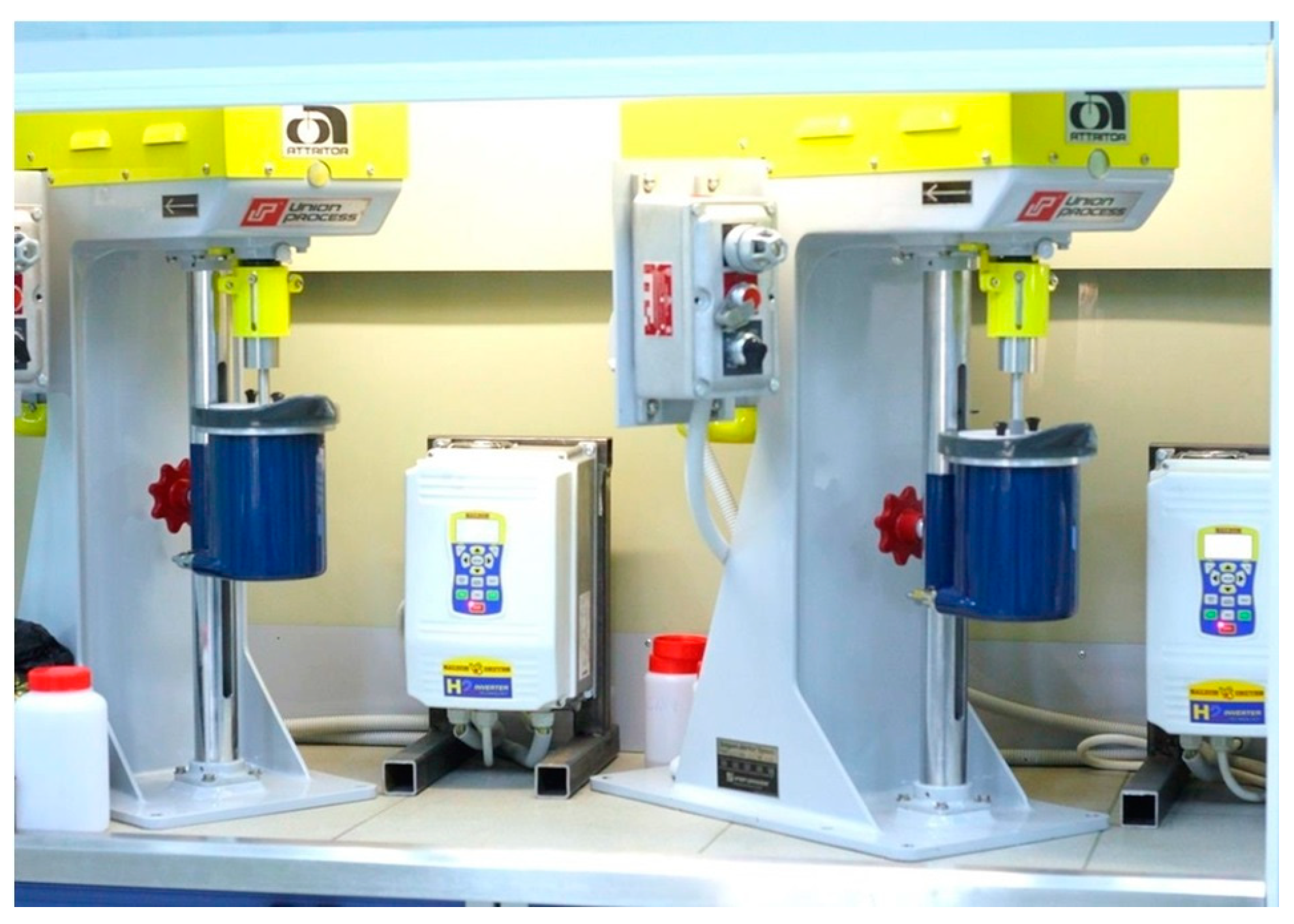
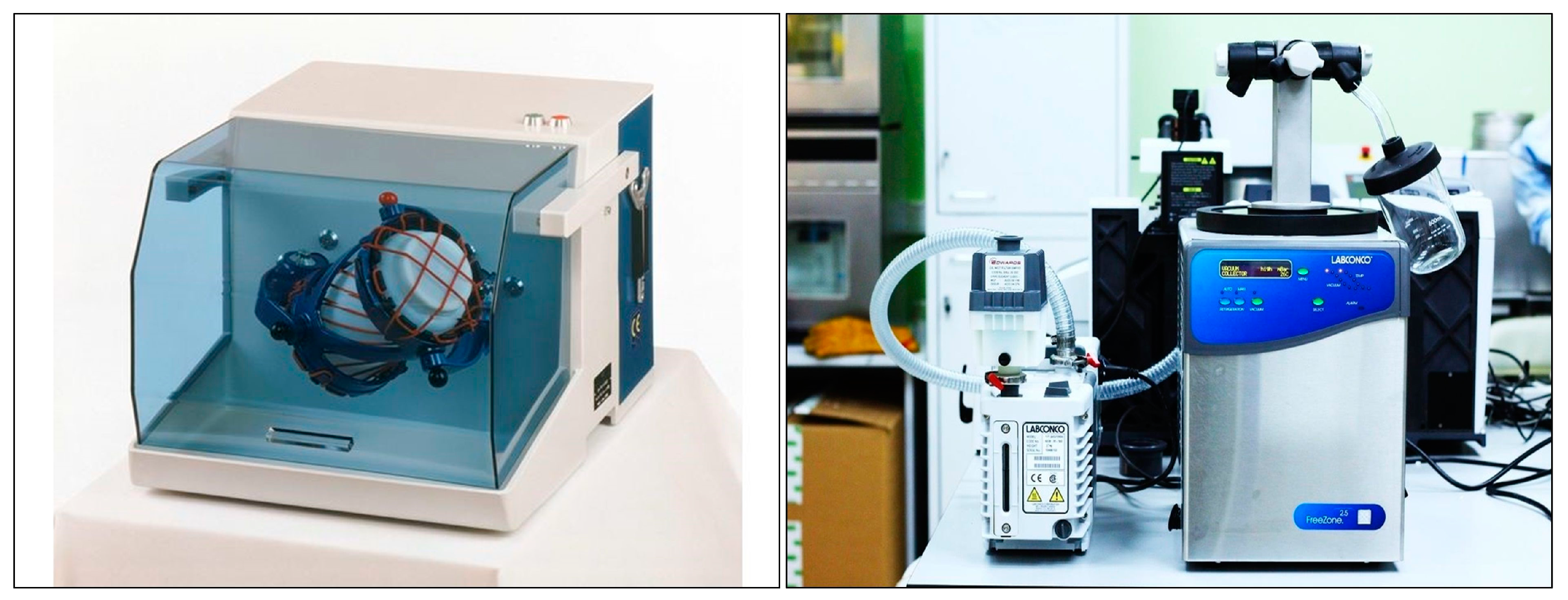
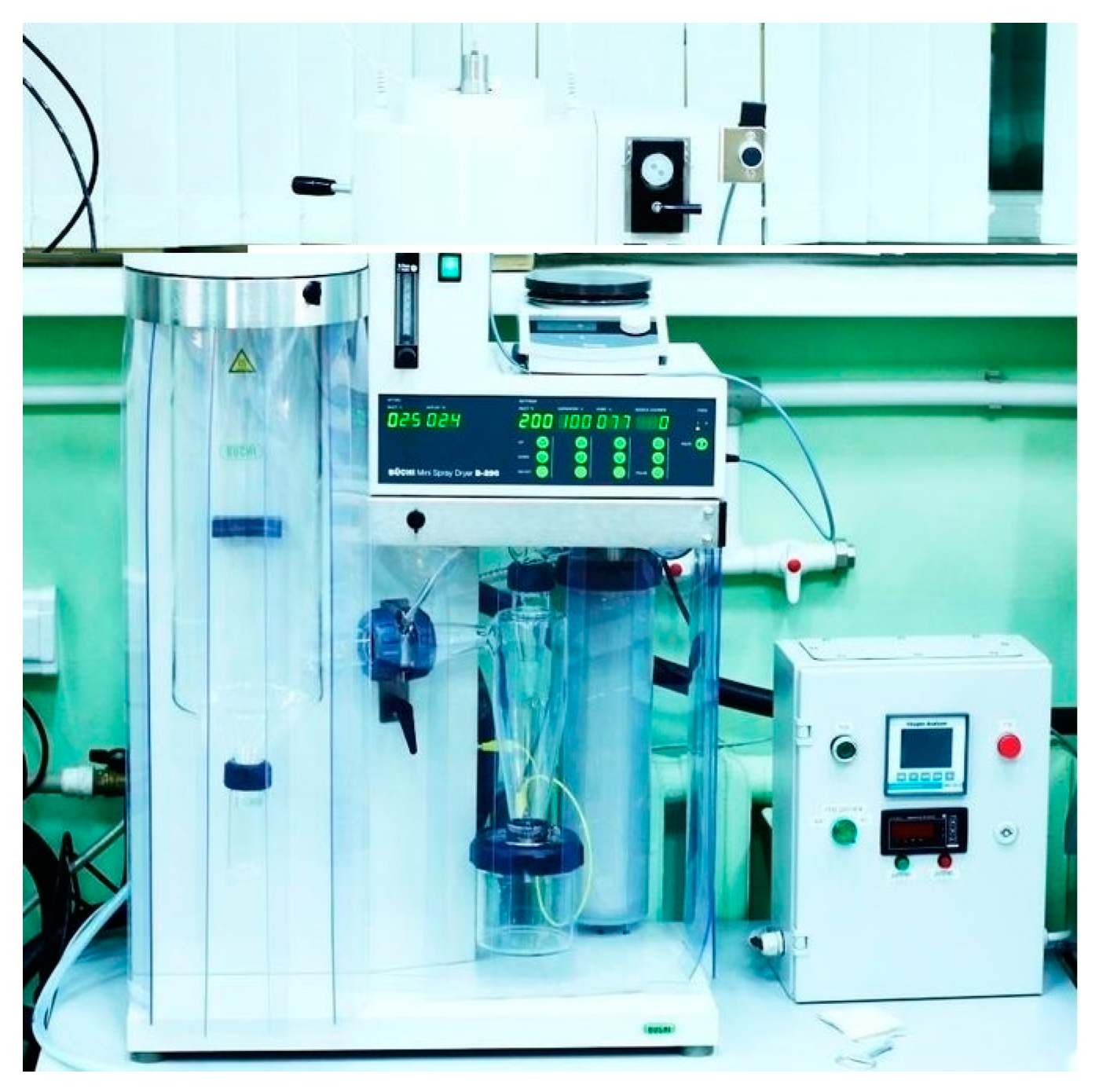
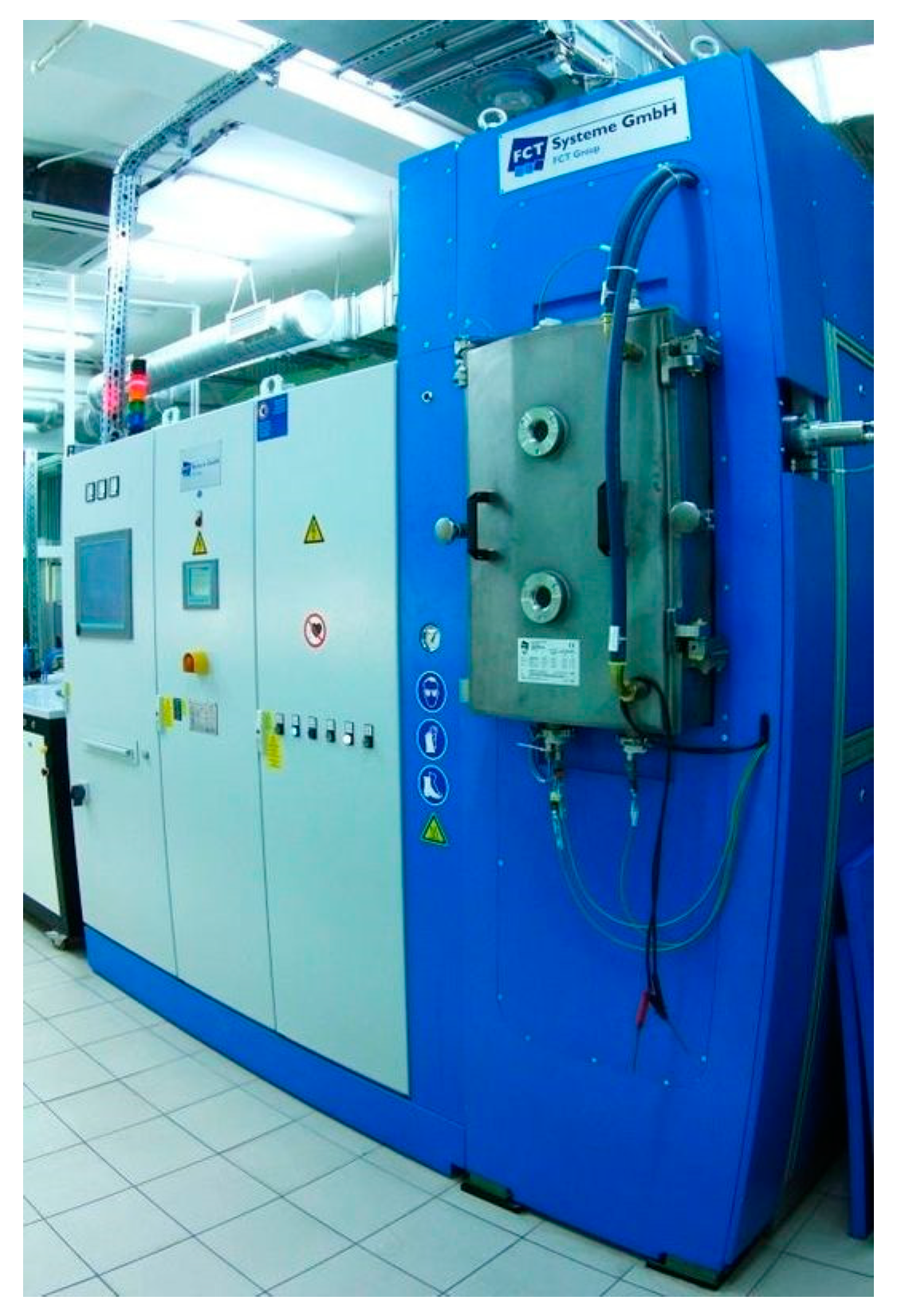
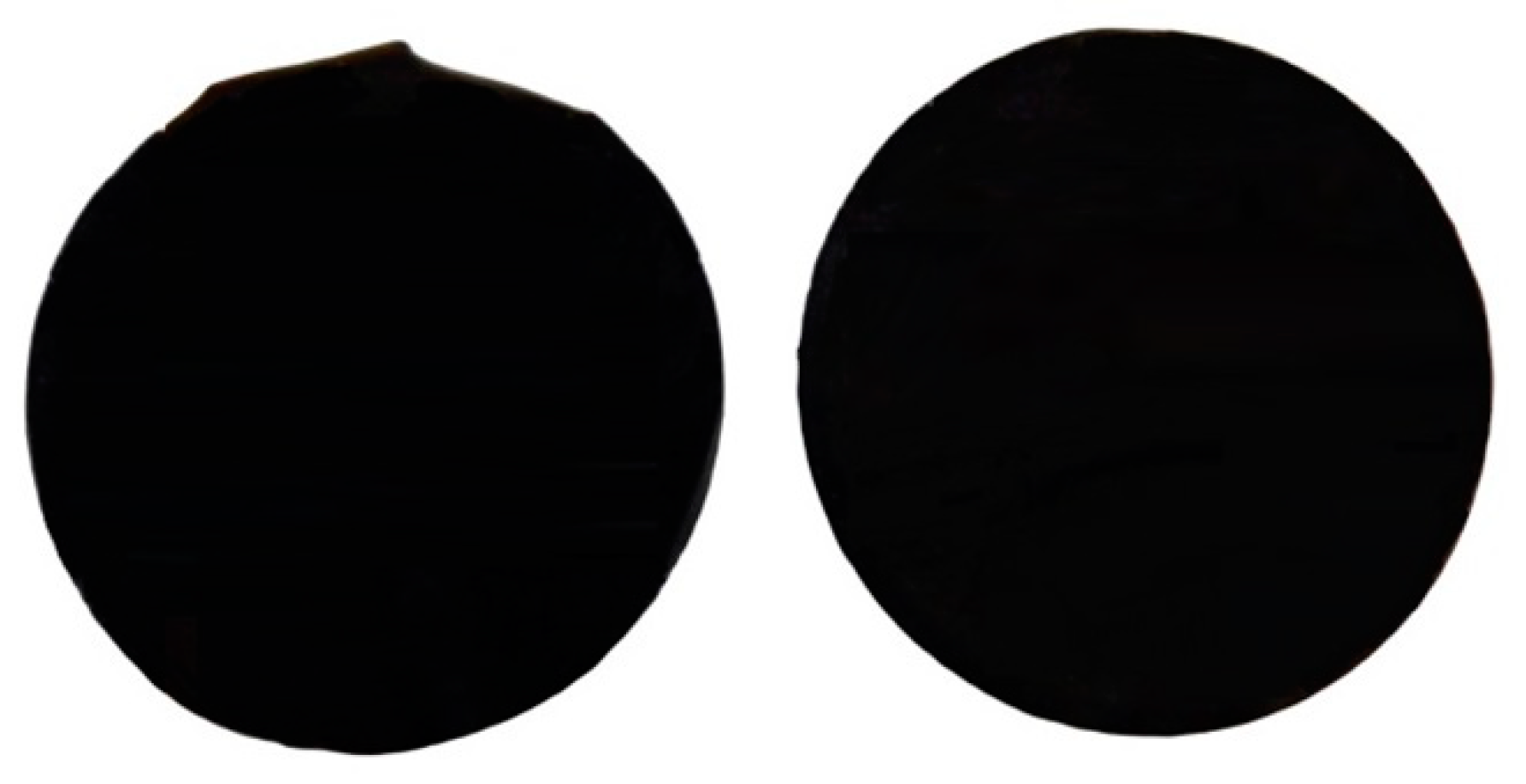
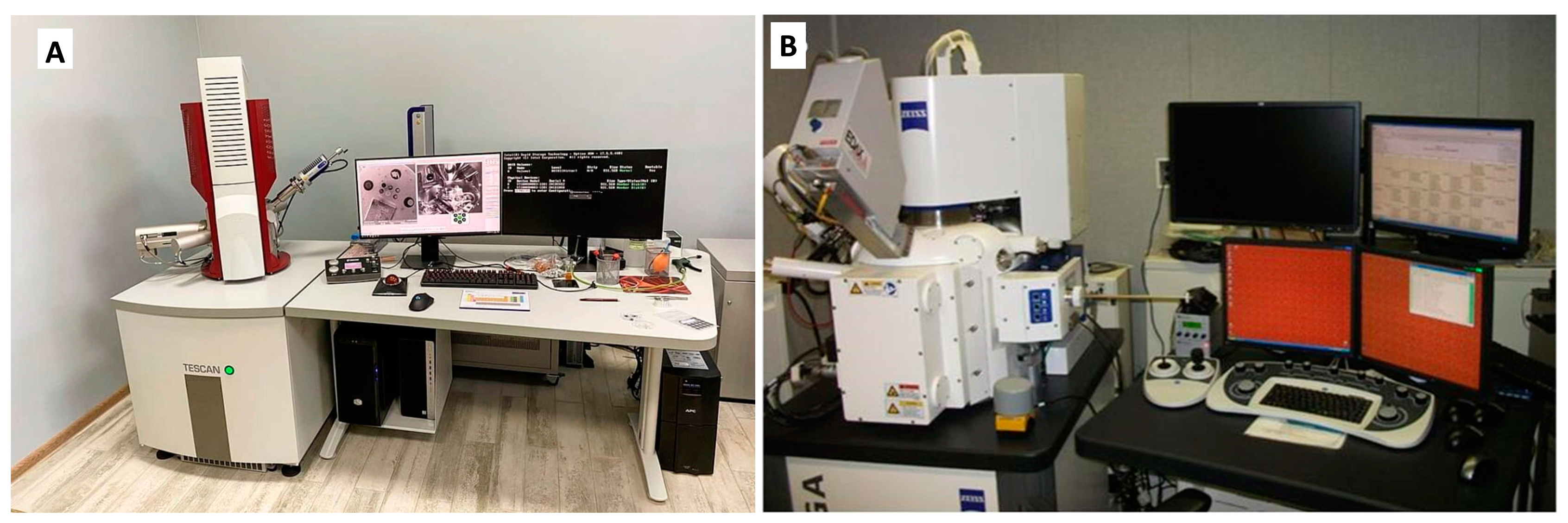
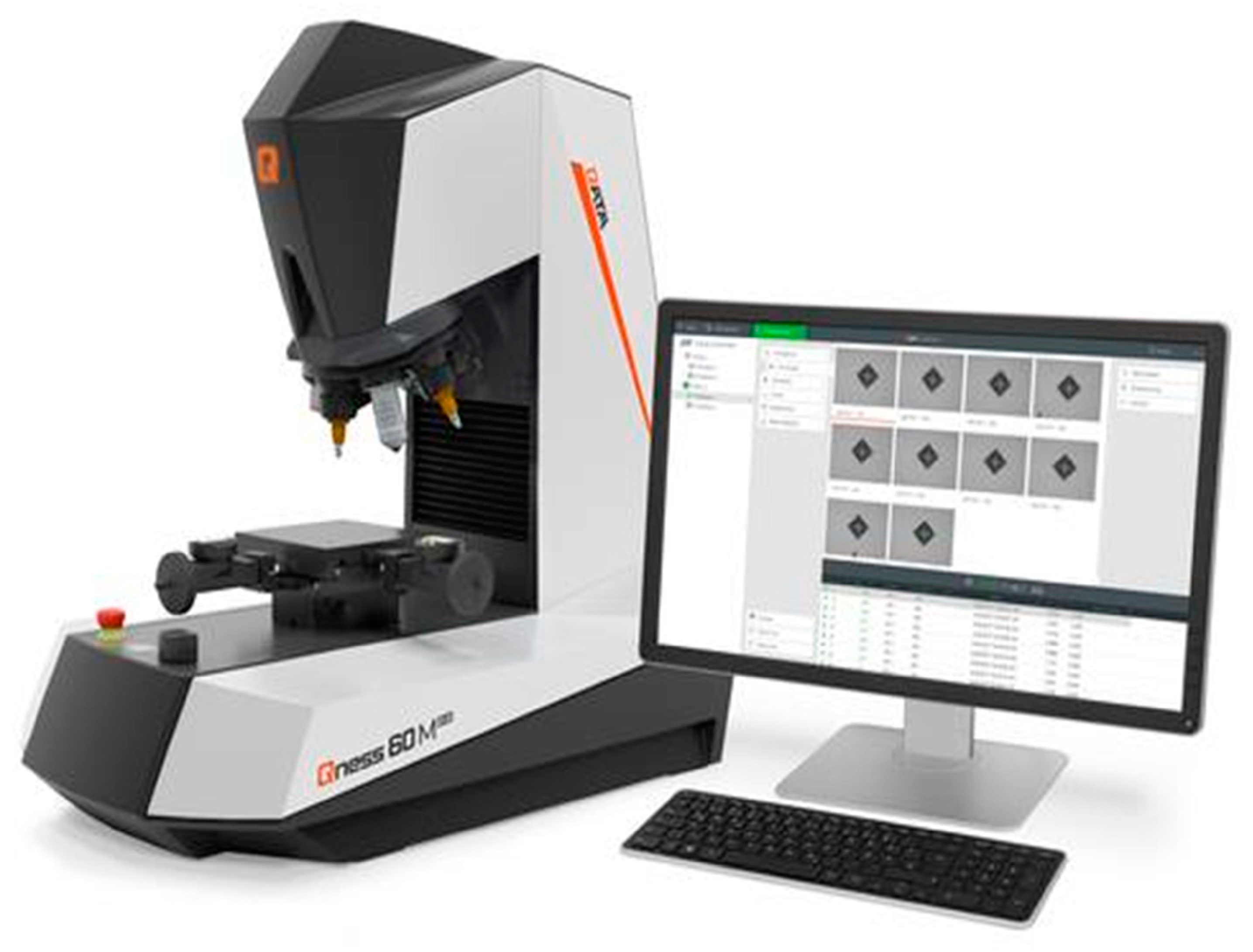
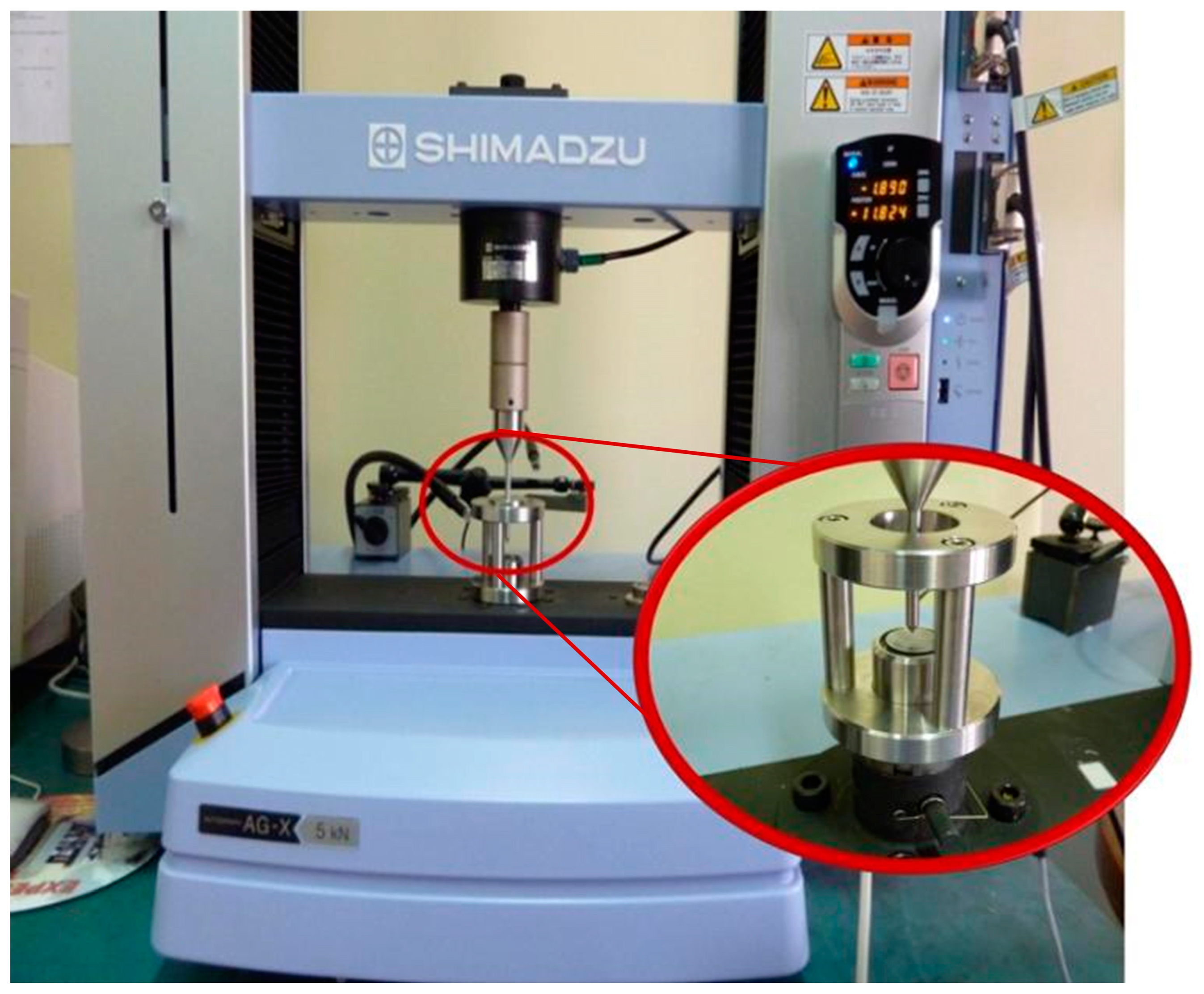
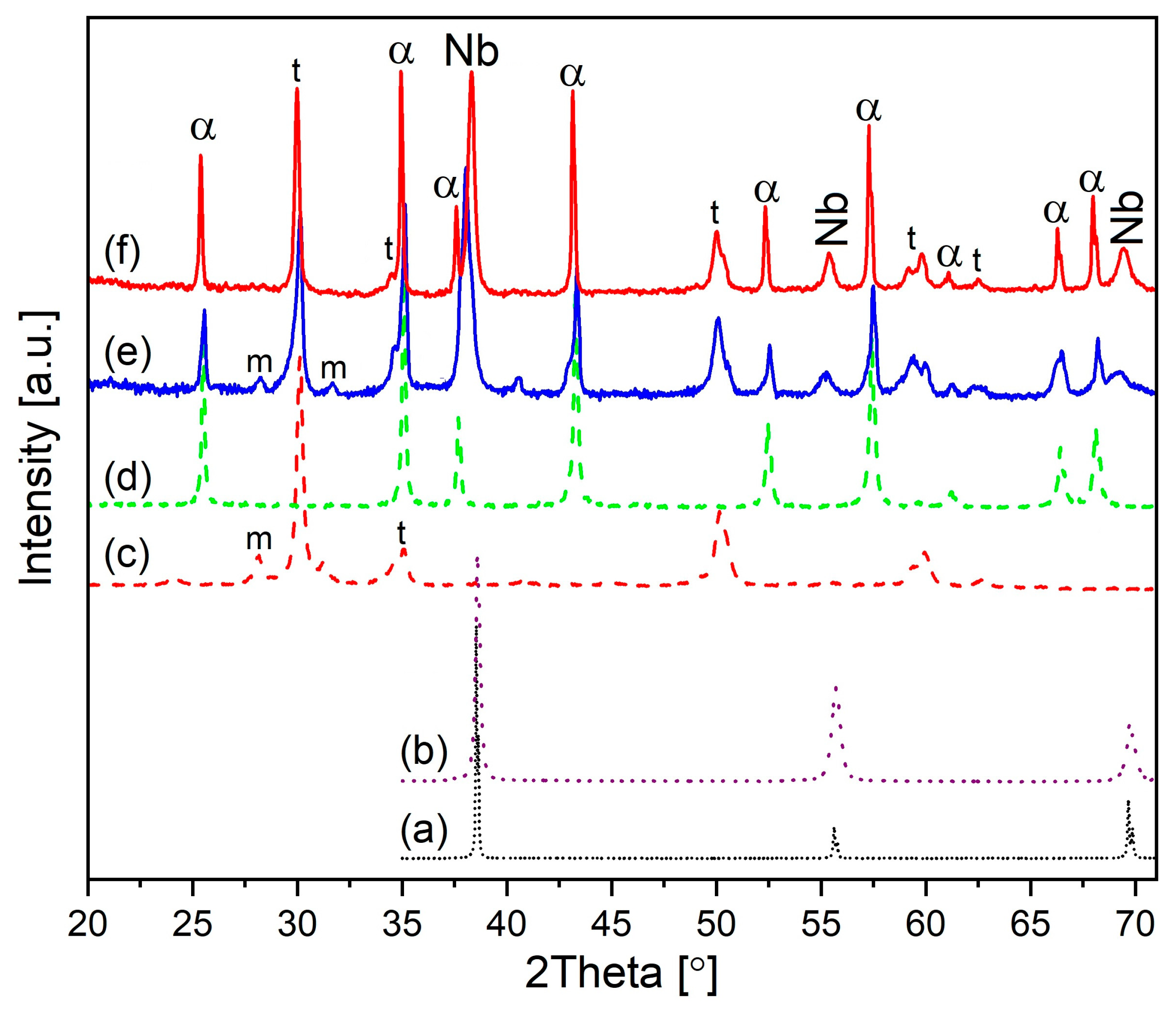

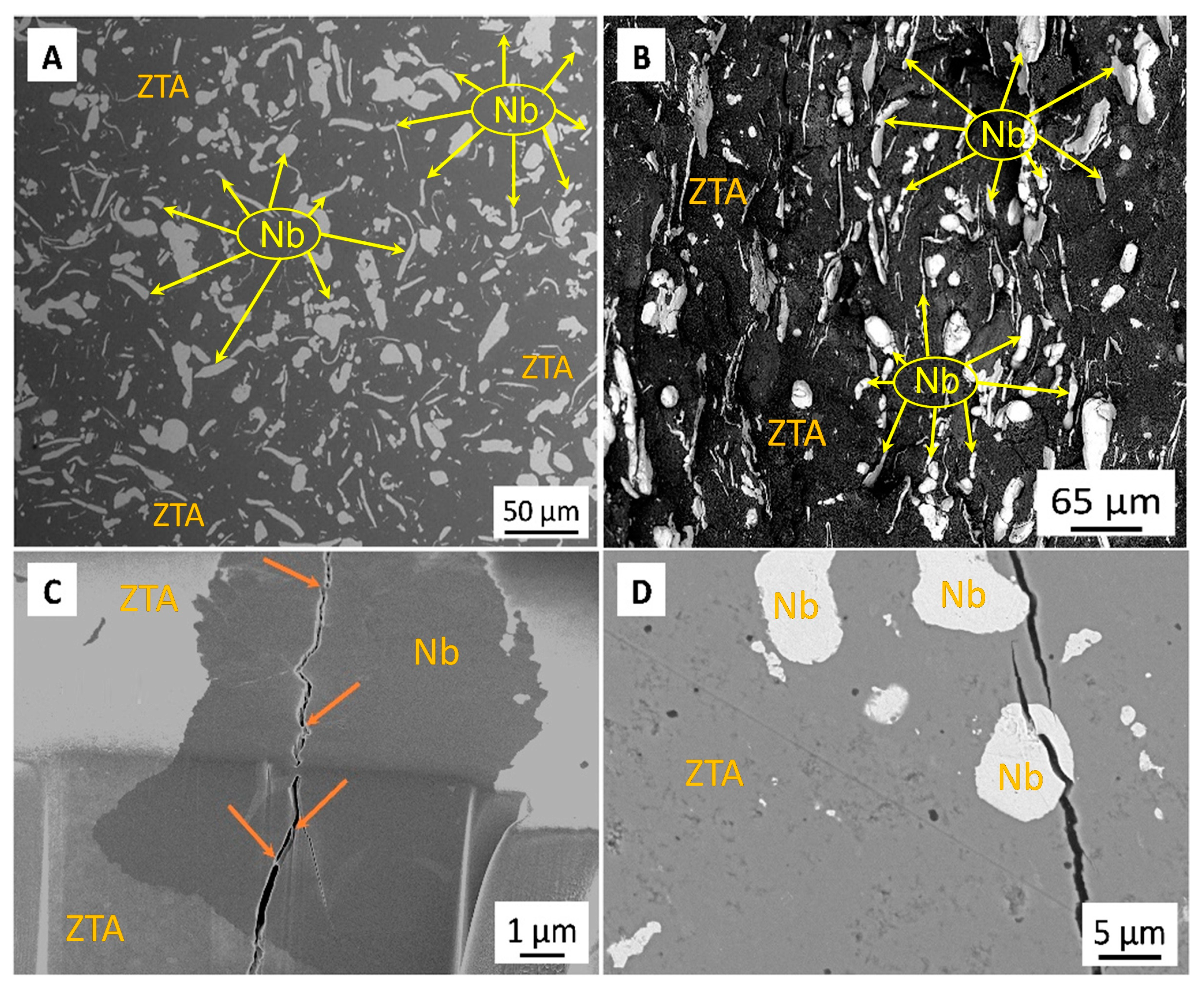
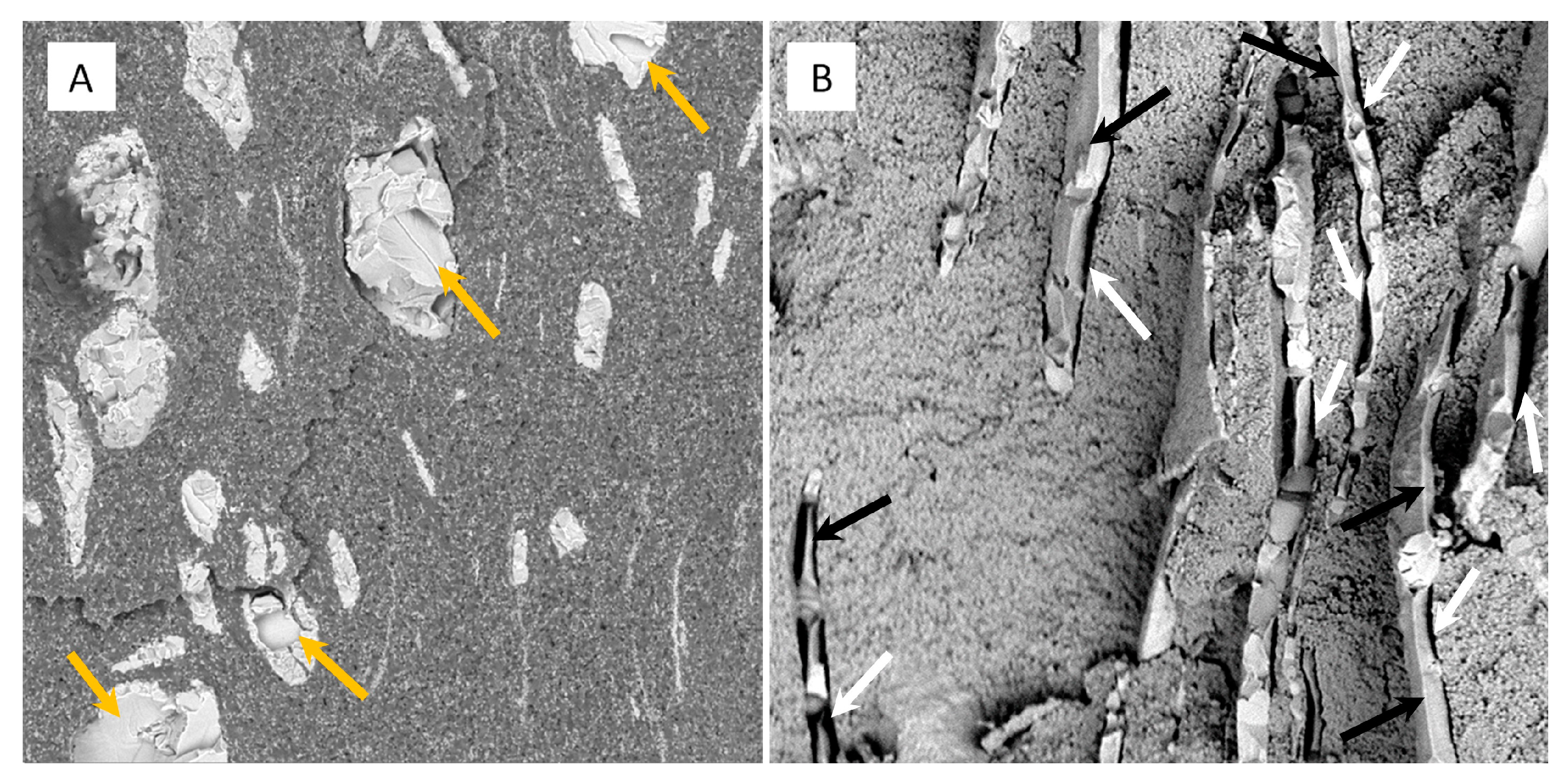
| Specimen | Vickers Hardness HV (GPa) | Fracture Toughness Kc (MPa∙m1/2) | Flexural Strength σf (MPa) |
|---|---|---|---|
| ZTA [47] | 16.8 ± 0.2 | 5.2 ± 0.3 | 847 ± 30 |
| ZTA-rGO [47] | 17.6 ± 0.3 | 6.8 ± 0.3 | 876 ± 43 |
| ZTA-Nb | 8.6 ± 0.4 | 15.3 ± 0.4 | 801 ± 27 |
| ZTA-Nb-rGO | 8.5 ± 0.8 | 16 ± 0.2 | 839 ± 24 |
| Specimen | Volume Fractions of m- and t-ZrO2 (vol.%) | ||||
|---|---|---|---|---|---|
| Polished | Fractured | Transformability of t-ZrO2 Vtrans (%) | |||
| m | t | m | t | ||
| ZTA | 99 | 1 | 96 | 4 | 3 |
| ZTA-rGO | 99 | 1 | 96 | 4 | 3 |
| ZTA-Nb | 95 | 5 | 80 | 20 | 15 |
| ZTA-Nb-rGO | 95 | 5 | 80 | 20 | 15 |
Disclaimer/Publisher’s Note: The statements, opinions and data contained in all publications are solely those of the individual author(s) and contributor(s) and not of MDPI and/or the editor(s). MDPI and/or the editor(s) disclaim responsibility for any injury to people or property resulting from any ideas, methods, instructions or products referred to in the content. |
© 2025 by the authors. Licensee MDPI, Basel, Switzerland. This article is an open access article distributed under the terms and conditions of the Creative Commons Attribution (CC BY) license (https://creativecommons.org/licenses/by/4.0/).
Share and Cite
Grigoriev, S.; Yanushevich, O.; Krikheli, N.; Kramar, O.; Pristinskiy, Y.; Solis Pinargote, N.W.; Peretyagin, P.; Smirnov, A. Design and Mechanical Properties of ZTA–Niobium Composites with Reduced Graphene Oxide. Ceramics 2025, 8, 15. https://doi.org/10.3390/ceramics8010015
Grigoriev S, Yanushevich O, Krikheli N, Kramar O, Pristinskiy Y, Solis Pinargote NW, Peretyagin P, Smirnov A. Design and Mechanical Properties of ZTA–Niobium Composites with Reduced Graphene Oxide. Ceramics. 2025; 8(1):15. https://doi.org/10.3390/ceramics8010015
Chicago/Turabian StyleGrigoriev, Sergey, Oleg Yanushevich, Natella Krikheli, Olga Kramar, Yuri Pristinskiy, Nestor Washington Solis Pinargote, Pavel Peretyagin, and Anton Smirnov. 2025. "Design and Mechanical Properties of ZTA–Niobium Composites with Reduced Graphene Oxide" Ceramics 8, no. 1: 15. https://doi.org/10.3390/ceramics8010015
APA StyleGrigoriev, S., Yanushevich, O., Krikheli, N., Kramar, O., Pristinskiy, Y., Solis Pinargote, N. W., Peretyagin, P., & Smirnov, A. (2025). Design and Mechanical Properties of ZTA–Niobium Composites with Reduced Graphene Oxide. Ceramics, 8(1), 15. https://doi.org/10.3390/ceramics8010015








